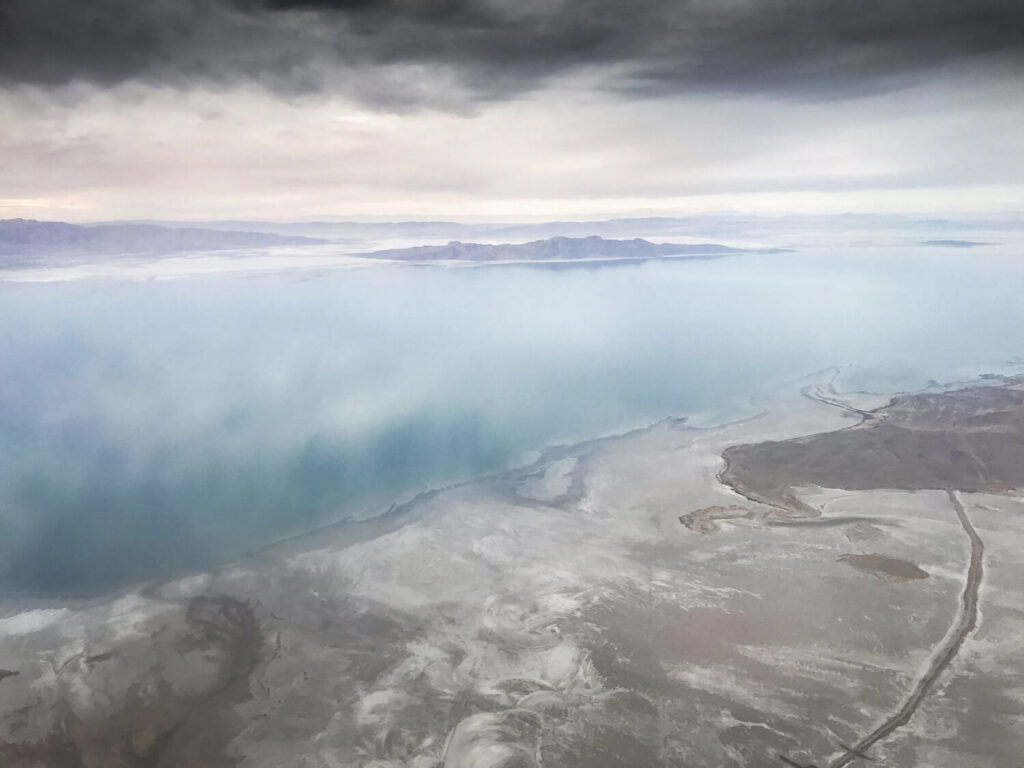
Despite two wet years, the Great Salt Lake is still in crisis. Lake levels fluctuate, but the long-term trend remains persistently low. To restore the lake, Utah needs a solution that adapts to both human use and nature — without turning water users into rivals.
The challenge of refilling the lake is daunting, but in it lies an opportunity: Utah has the chance to show how collaboration and innovation can restore this iconic saline lake. The state legislature has already passed major reforms and committed significant resources to refilling the lake, but fully addressing the crisis will require creative thinking and collaborative approaches that bring everyone to the table.
One of the most promising approaches is voluntary water leasing, a market-based strategy whereby water rights holders are compensated for temporarily reducing their water use. Unlike other approaches, leasing is dynamic. The amount of water leased can shift in response to changes in lake levels, and the method rewards water users who choose to proactively transfer water to help restore the lake.



